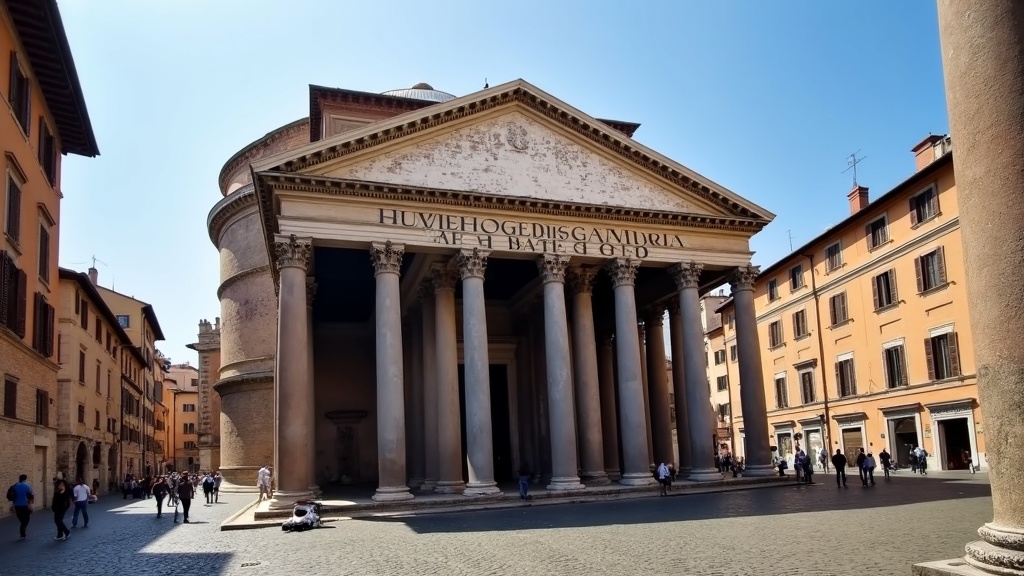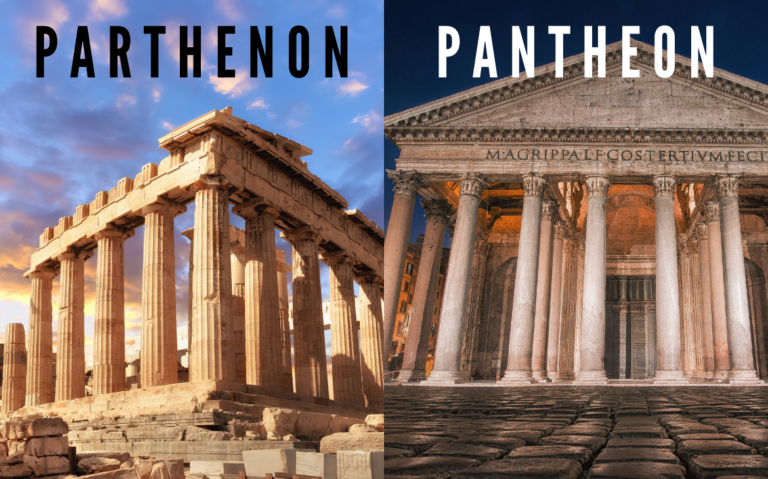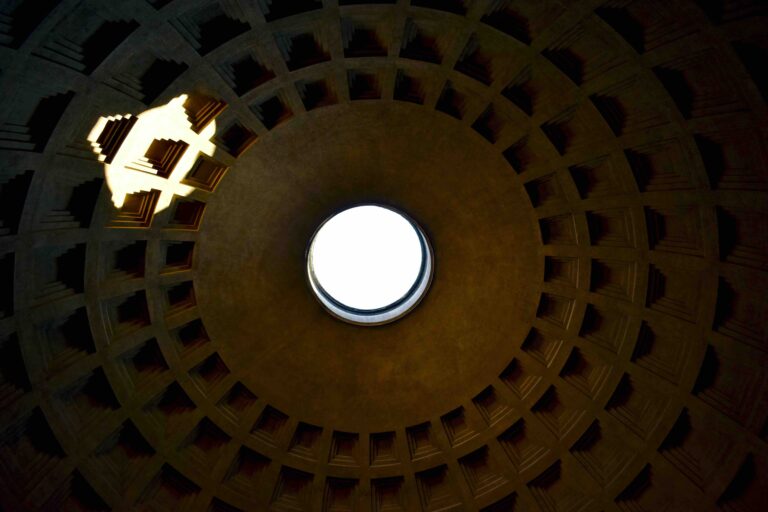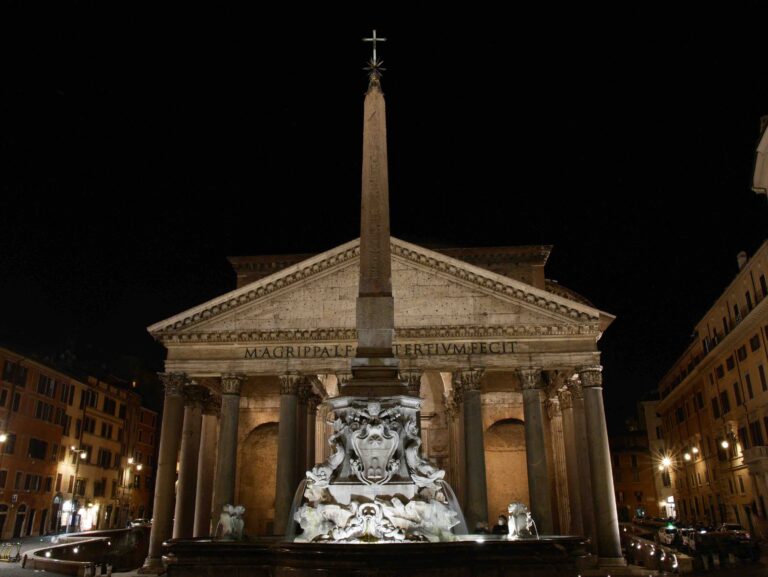Curious About When the Pantheon Was Built?
The Pantheon in Rome is one of those places that keeps history lovers, architects, and travelers all pretty fascinated. You’ll find lots of stories and timelines out there, and honestly, the facts can get a bit tangled. Here’s a straightforward look at when the Pantheon came to life, plus answers to the questions lots of people have. Not only is it ancient, but this building still pulls in crowds for its eye-catching architecture and legendary dome. Let’s get into the story and see why the Pantheon stands out from so many other ancient sites in the world.

Quick Facts About the Pantheon’s Construction
When Was the Pantheon Built?
The Pantheon that stands today in Rome was built around 113–125 CE, during the reign of the Roman Emperor Hadrian. It wasn’t actually the first Pantheon in this spot; there were two earlier versions, but both were destroyed by fire and lightning. What we see now is the rebuilt masterpiece that’s managed to last almost two thousand years. This test of time shows off the Romans’ construction talents and clever approaches to architecture.
Was the Pantheon Ever Rebuilt?
Absolutely. The story of the Pantheon is basically a tale of persistence. The very first Pantheon was created by Marcus Agrippa in 27–25 BCE, but it burned down not long after. Another version popped up, but met a similar fate. Hadrian decided to build it back up in a brand new way, and this is the version tourists, artists, and architects still flock to today. Despite the disasters, the Pantheon rose again, coming back with even stronger features and innovations.
Details About the Pantheon’s Design & Purpose
What Was the Pantheon For?
The original Pantheon was set up as a temple for all the Roman gods. That’s actually where the name comes from—it means “all gods” in Greek. Later, it took on a new life as a Christian church, but its first job was all about honoring the gods of Rome. The switch in use is part of why the building has survived so long, and stepping inside now, you still get a sense of that mix of ancient and newer history swirling together.
Who Designed the Pantheon?
Marcus Agrippa put his name on the first version, and you’ll still see his name carved in big letters on the front of the current building. But Hadrian, the emperor who ordered the current Pantheon, probably worked closely with architects and engineers whose names aren’t recorded. Most experts agree Hadrian himself had a real passion for design and architecture, so he probably had a strong influence on how things turned out. The end result is a space that feels big and grand, yet welcoming and peaceful.
What Makes the Pantheon’s Structure So Impressive?
This building is pretty famous for its dome. It’s got a huge concrete dome with a hole (called an oculus) open to the sky. The Pantheon’s dome is still the largest unreinforced concrete dome in the world. That means no hidden metal framework is holding it up, and yet after nearly 2,000 years, it’s still standing strong. Modern engineers give it a once-over to figure out why it’s so sturdy and how the Romans pulled it off. The mix of materials, including lighter stone at the top of the dome and heavier concrete at the base, really helped handle the weight and made the design possible. It’s a true feat of ancient engineering, and it’s inspired countless other buildings over the centuries.
Timeline and Key Milestones
Timeline of the Pantheon’s History
- 27–25 BCE: First Pantheon built by Marcus Agrippa.
- 80 CE: Fire severely damages the original structure.
- Rebuilt after 80 CE: Quickly rebuilt, but struck by lightning later and damaged again.
- c. 113–125 CE: Emperor Hadrian rebuilds the Pantheon. This is the building tourists see today.
- 609 CE: The Pantheon is converted into a Christian church, which really helped keep it preserved.
How Does the Pantheon Stay So Well-Preserved?
One big reason the Pantheon is in such good shape is because it got turned into a church in the early 600s. Lots of other Roman buildings were torn down, but the Pantheon got to stick around since it had a new role in the city. Over time, it’s been cleaned, repaired, and taken care of pretty well. The constant use and respect for this iconic spot mean it’s dodged the fate of so many other ancient buildings. Plus, being used through different eras helped ensure regular maintenance, and the structure often got small repairs instead of just being left to crumble.
The Pantheon’s Lasting Impact
Why Does the Pantheon Matter Today?
For architects and history buffs, the Pantheon is sort of a giant classroom. It inspired buildings like the U.S. Capitol and lots of domed churches across Europe. People still use it to learn about Roman construction tricks that helped them build big, beautiful, and really strong structures. Its eye-catching design, especially the grand domed roof, has set the bar for architecture all around the world. Even artists look to the Pantheon’s light, shapes, and proportions to bring a classical touch to their own work.
Can You Visit the Pantheon?
Yes, and it’s definitely worth checking out if you’re ever in Rome. Admission is free, but it can get pretty crowded, especially in the afternoons. If you want to see the dome without too much noise, mornings are your best bet. When you’re there, you can spot the details in the columns, the marble floors, and the famous oculus shining a beam of light right onto the central space below. Plus, being able to stand inside a building that’s stood for almost two millennia is an experience you won’t soon forget.
More Pantheon Questions? I’ve Got You Covered!
If you’re looking to read even more about the Pantheon’s wild history and clever construction, or you want travel tips for your own trip to Rome, check out some reliable sources like Britannica’s Pantheon page or the official Rome tourism site. If you have a burning question, reach out and I’ll help you find what you need. The Pantheon continues to amaze people, so feel free to ask anything else you want to know!





